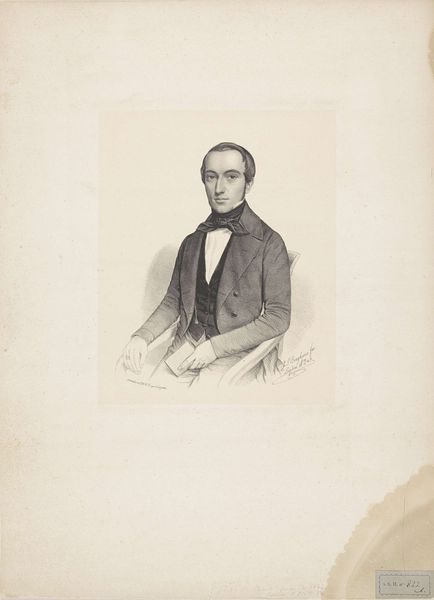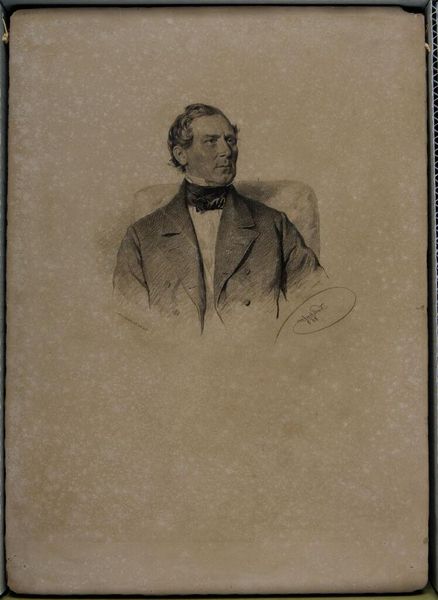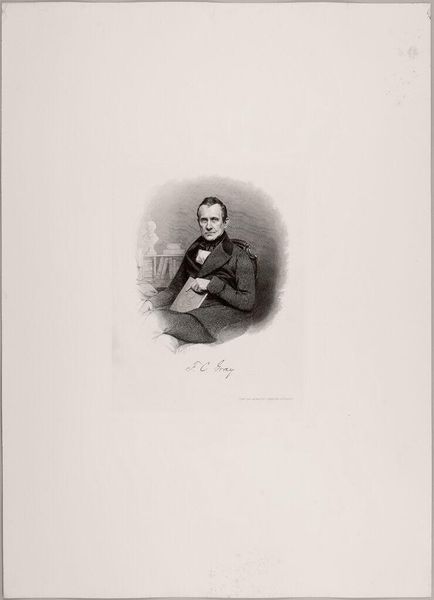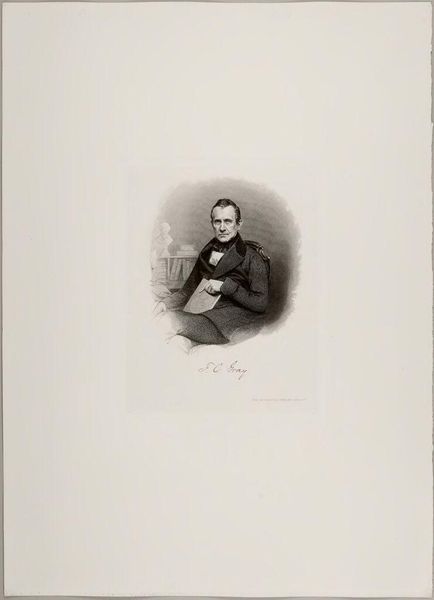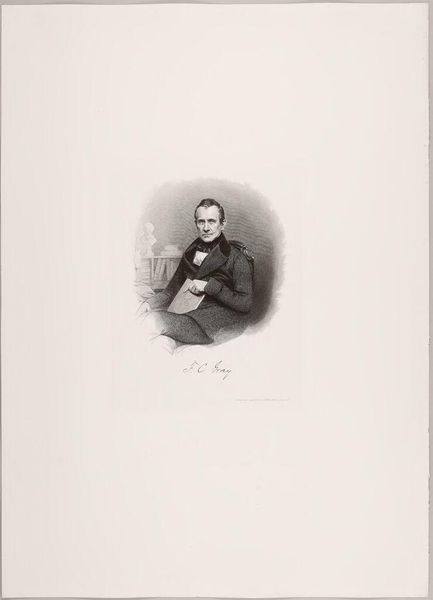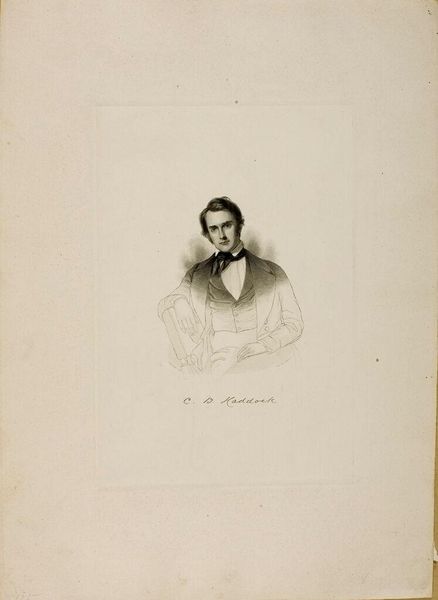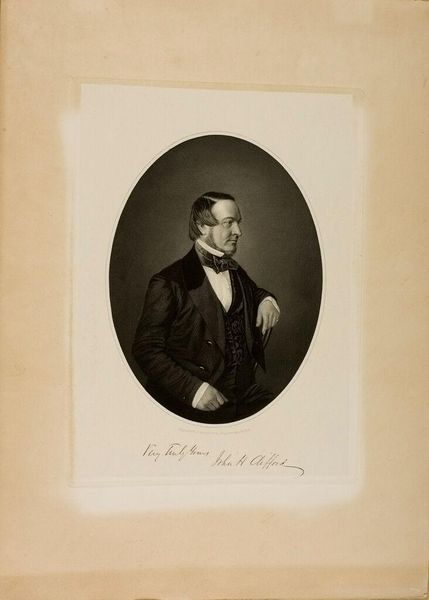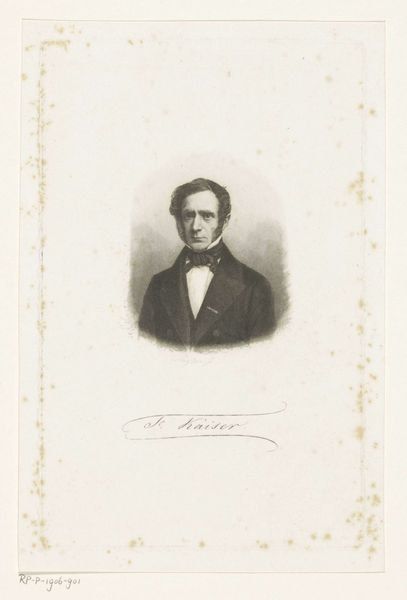
Copyright: CC0 1.0
Editor: Here we have Joseph Andrews' "James Graham," an engraving from the 19th century. It feels very formal, almost stiff. What narratives do you think it presents? Curator: Consider the power dynamics inherent in portraiture of this era. Who was typically represented, and who was excluded? How does Graham's attire and demeanor reinforce or challenge existing social hierarchies? Editor: That's a really interesting point about hierarchies. It makes me wonder about Andrews' own position, and whether he was perhaps subtly critiquing or reinforcing societal norms. Curator: Precisely. And thinking about the context of abolitionist movements at the time, could this portrait be read as an act of defiance or solidarity, even in its formality? Editor: I hadn't considered that. It adds a whole new layer of complexity to what seems like a straightforward portrait. Thank you. Curator: Indeed, art serves as a powerful lens through which to examine the intricate relationships between power, representation, and social change.
Comments
No comments
Be the first to comment and join the conversation on the ultimate creative platform.

